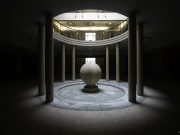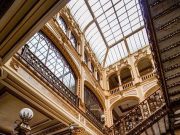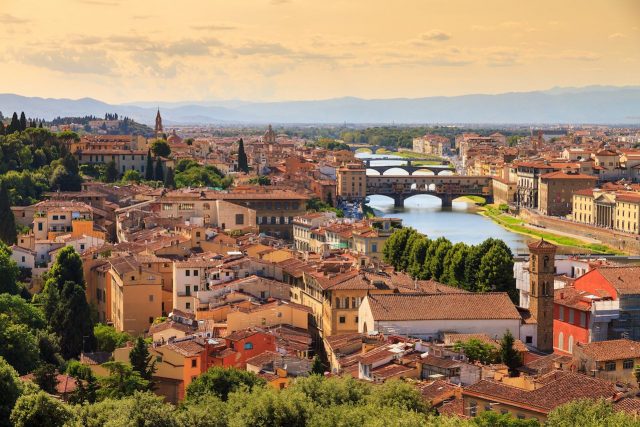
Florence, referred to as the cradle with the Renaissance, is undoubtedly an elegant town tucked right wooded valley in Tuscany — abundant in art, history, and architecture. It’s also less overwhelming than Rome, Italy’s megastar. The Arno River runs through Florence’s group of picturesque golden-hued, red-roofed buildings while forested hillsides arise to border the city on either side.
Florence’s breathtaking cathedral, the Duomo, would be the city’s stunning focus featuring a massive red-tiled dome and striking walls composed of white, green, and red marble. There’s also enough to hold lovers of art busy for a few days otherwise weeks. The Uffizi Gallery is home to the key bunch of Renaissance art worldwide, and Michelangelo’s David at the Accademia Gallery is unmissable. And dare we say the Tuscan cuisine in Florence rivals that surrounding Rome every day.
2. Lyon, France
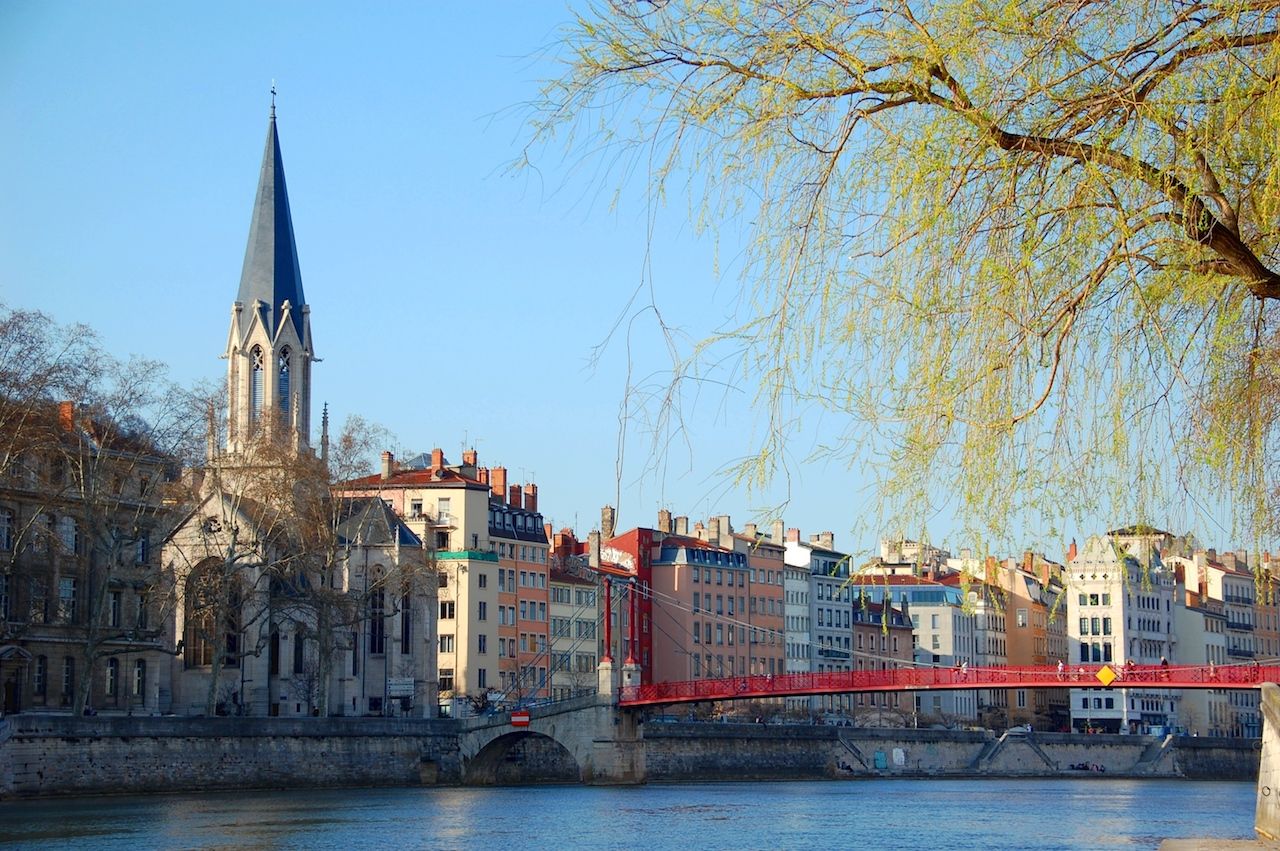

Paris, eat your heart out. A two-hour train trip from your French capital transports one to Lyon, probably the most important food centers on the earth. Along with 4,000 restaurants and 22 Michelin stars, you don’t arrived at Lyon to lose weight naturally. The location, which happens to be beautifully situated in the meeting point of the Saone and Rhone Rivers, is also near beautiful vineyards along with the town of Beaujolais — so you’ll have exquisite wine by which to scrub down your gourmet meal.
Luckily, the cobbled alleyways from the old town and also the riverbanks provide ample places just to walk off of the rich cuisine. Lyon’s Basilica of Notre-Dame de Fourviere rivals Paris’s own Notre Dame cathedral, and also the other countries in the city is both gritty and exquisite. For a historic textile center, Lyon is yet another fashion and culture hotspot — additionally, the shopping opportunities are endless.
3. Porto, Portugal
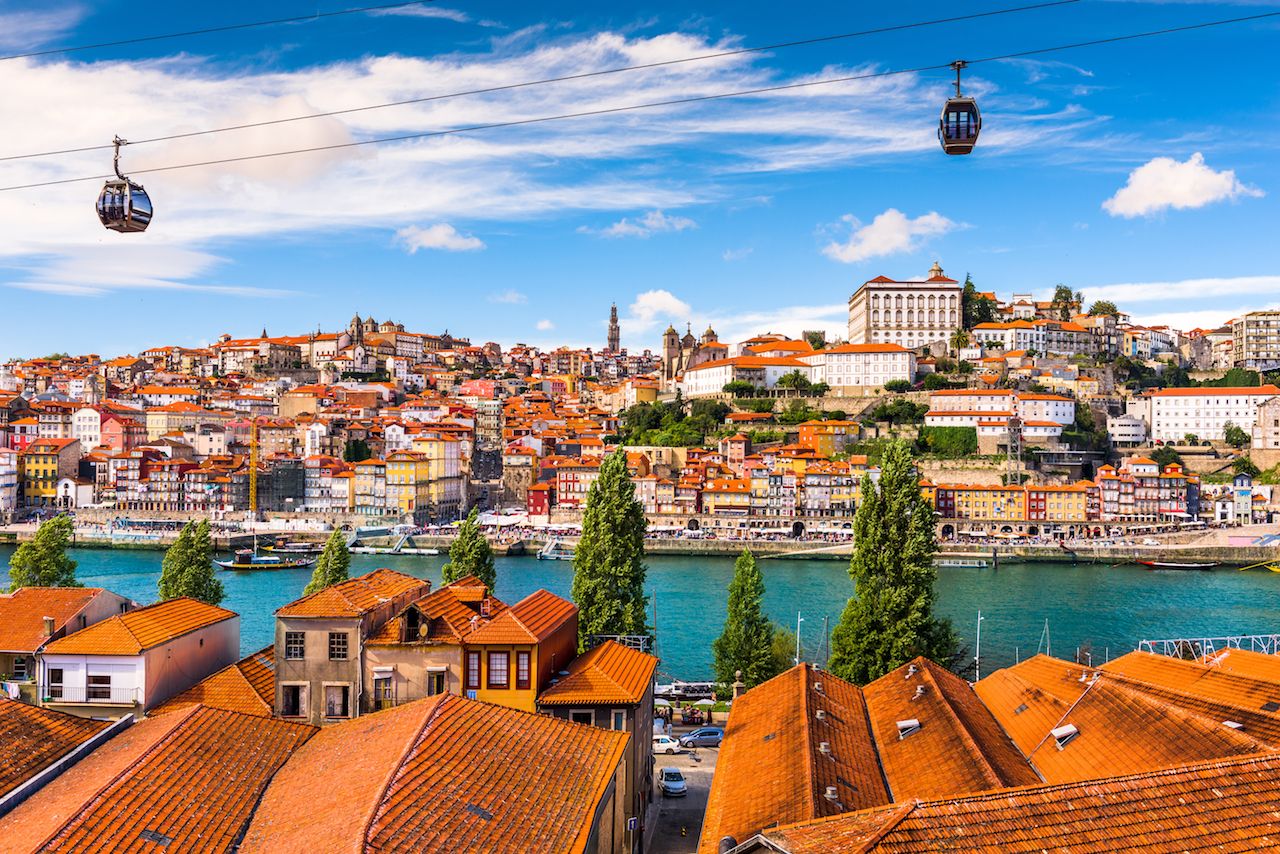

Porto has a smaller footprint and many more intimate than Lisbon, along with more visually arresting. The historical buildings are stunning, and plenty of turn art works, decorated with many hundreds of colorful tiles. The incredible architecture includes the city’s interiors too — as you’ll see into the bookstore Livraria Lello. It had been renowned for providing inspiration to J.K. Rowling, when one enters, you’ll immediately picture an enchanting hall at Hogwarts.
While an enchanting old-world atmosphere prevails in Porto, it’s also jammed with cutting-edge boutiques and hip bars. Cafes and restaurants line the River Douro, which you could sample some Portuguese dishes — or perhaps classic Porto francesinha sandwich — washed down by using a glass of port wine. For a sweeping examine the town, the Clerigos Tower Observation Deck occurs to move. Porto is very hilly, though the effort is worth it.
4. Thessaloniki, Greece
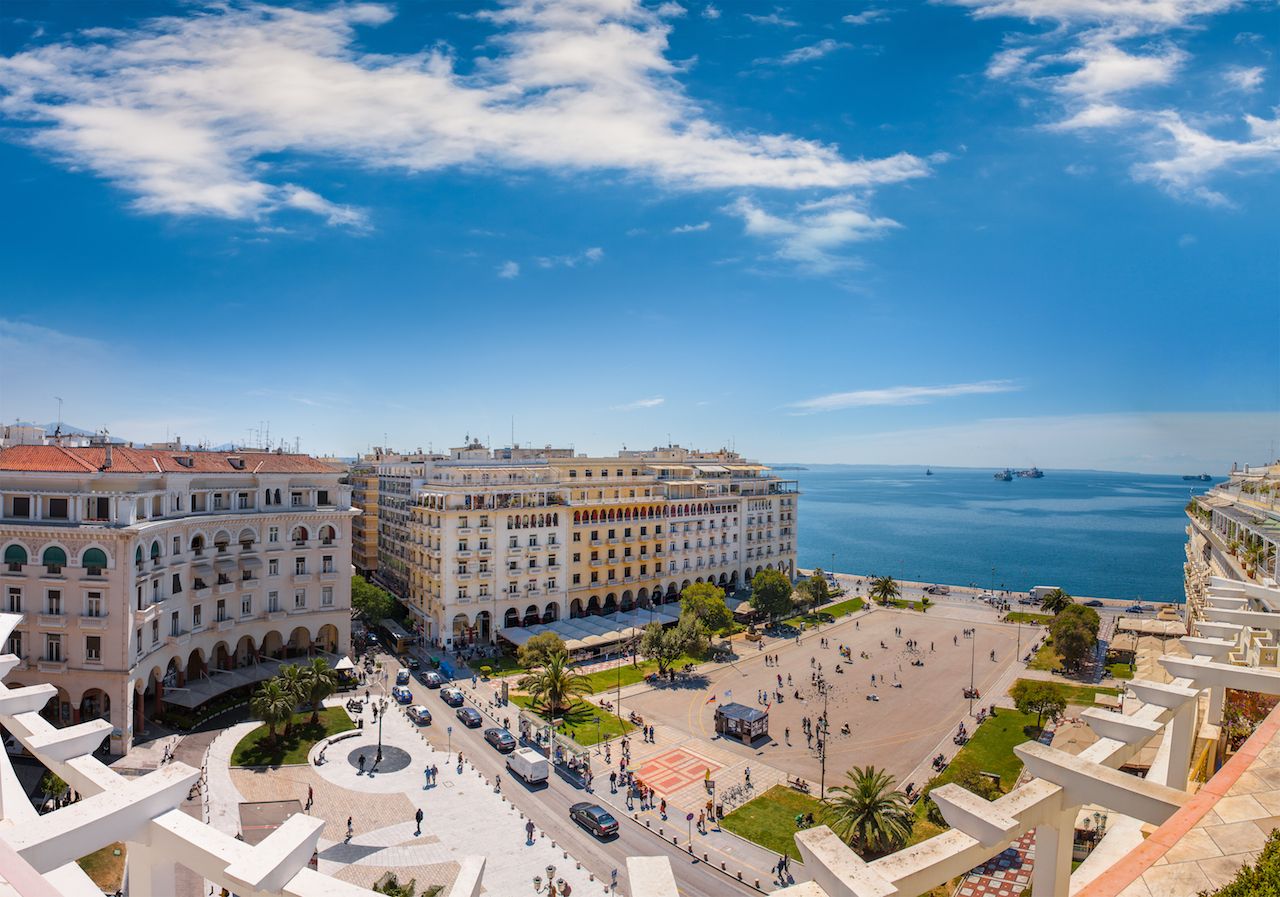

This coastal metropolis on the Aegean Sea is Greece’s second-largest city. The vibe is friendly and laid-back, as well as location just south of your countries of Macedonia and Bulgaria feels a world from the cosmopolitan bustle of Athens. Thessaloniki features a great culinary tradition, as well as its multi-ethnic background is reflected rolling around in its cuisine. (We advise the mpougatsa pastries, loaded with meat or cheese). Nowhere is more evident than on the waterfront, where cafes and restaurants happen to be in abundance.
The city has been called an open-air museum due to the useful monuments, churches, and fortresses, most of which go as far back to 300 AD. Thessaloniki’s best-known landmark could be the huge Roman Rotunda of St. George, or Agios Georgios, as well as the old walled town and former Turkish quarter are a labyrinth of narrow streets. History buffs will appreciate its archeological museum and Byzantine history museum. There’s also traditional a taverna on seemingly every corner, where plates are still smashed on Saturday nights.
5. Cork, Ireland
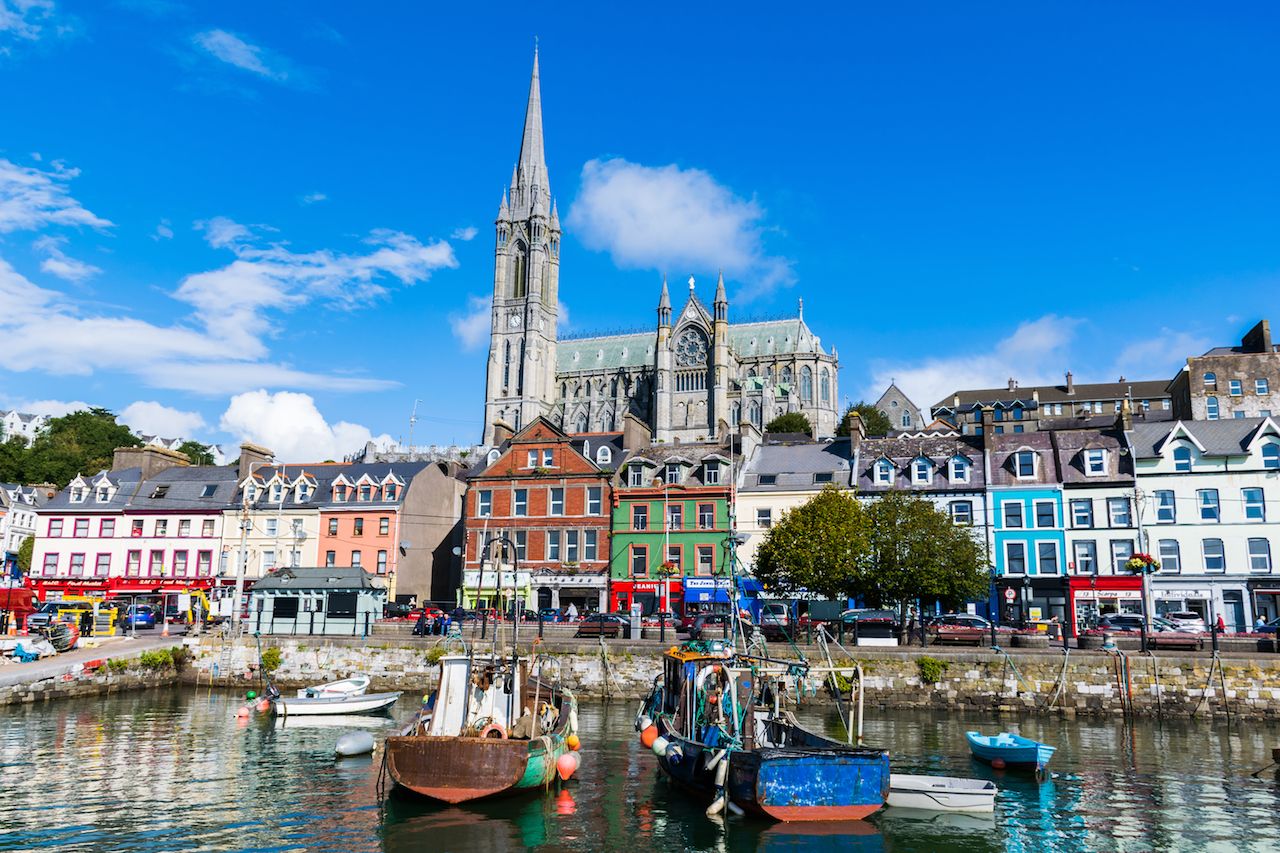

Cork has retained its individuality more successfully than Dublin, is not surprising considering the fact that it’s better known as the Rebel City. The downtown area may be a mix off traditional old pubs, Georgian buildings, 17th-century lanes, and contemporary cutting-edge architecture. The Lewis Glucksman Gallery and Cork Opera House are fine illustrations of the city’s progressive spirit.
The art and cultural scenes are thriving, and there’s live music somewhere every single night of every week. There’s a good number of quality restaurants either, plus the Franciscan Well Brewery tour shouldn’t be missed. It is possible to shop until you drop on pedestrianized St. Patrick Street or explore the backstreets to obtain quirky independent stores. Climbing the 132 steps of your Church of St. Anne rewards you with 360-degree views of the lovely city.
6. Bergen, Norway
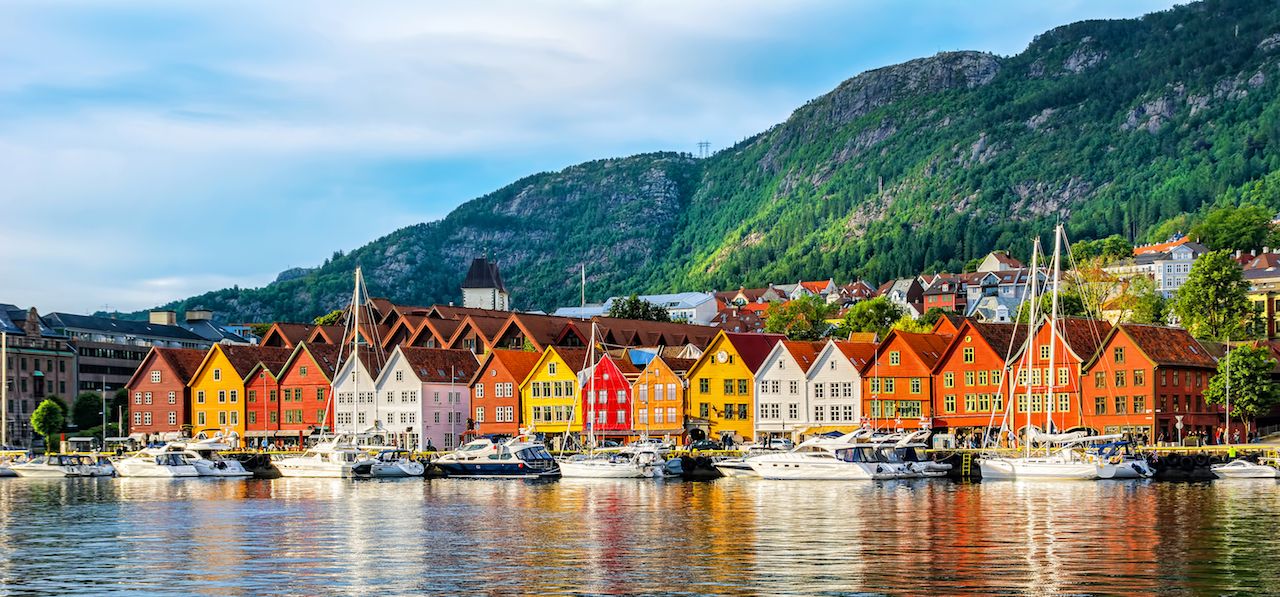

Surrounded by mountains and fjords, beautiful Bergen carries a fairytale-like quality. Colorful merchant houses surround the wharf. Surprises abound around every corner, from whimsical street art to pretty pots of flowers, which decorate many of the doorways. Tiny side streets are filled with galleries and artisan shops.
Due for its proximity to nature, Bergen increases the perfect fusion of city living and nature. Whether you favor hiking or kayaking, it’s an excellent place to go for folks that enjoy outdoor pursuits. Should a hike isn’t about the agenda, you could relax and take a cable car as much as Floyen mountain for magnificent views in the city and beyond.
7. Munich, Germany
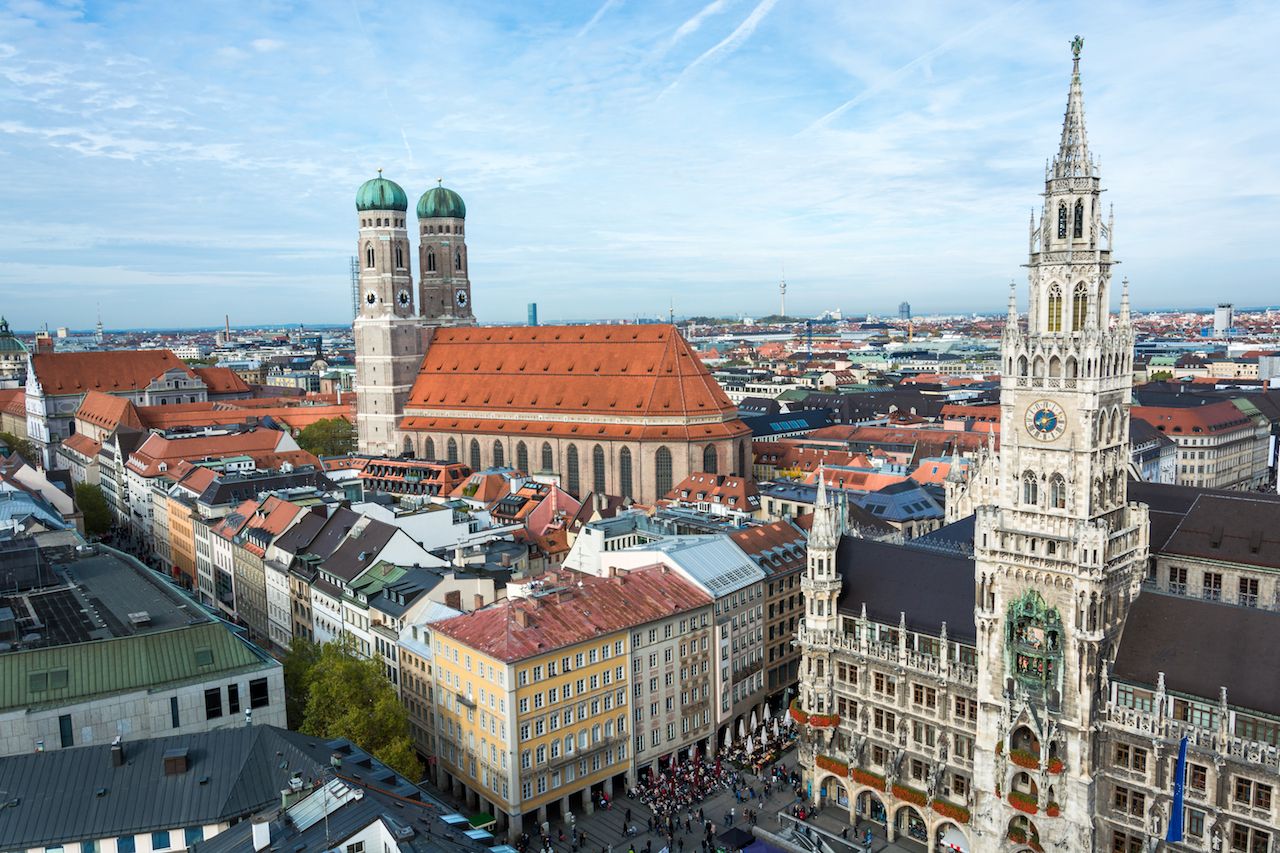

Munich is quintessentially German. You could easily spend a week in Berlin without spotting any lederhosen, but not here. Tradition is a vital part within the Munich psyche. Locals drink at the beer gardens, and also the largest of all of them, Hirschgarten, seats a huge 8,000 people. The area is most lively during Oktoberfest, but it’s an absorbing place every time of the year. The verdant Englischer Garten is Munich’s respond to Central Park, additionally, the sprawling grounds with the Nymphenburg Palace are good for a stroll or run.
The old town is not difficult to discover by foot. Within the central square of Marienplatz is the ornate Neues Rathaus or New Town Hall; on top of the hour, the Rathaus’s Glockenspiel chime clock shows life-size figures reenacting historical events. Kitschy clock, beer, and lederhosen aside, Munich is also a great destination to peruse world-class museums, window shop at upscale stores, and savor innovative meals at trendy restaurants.








